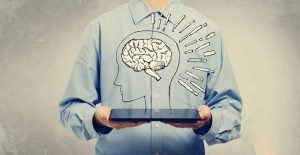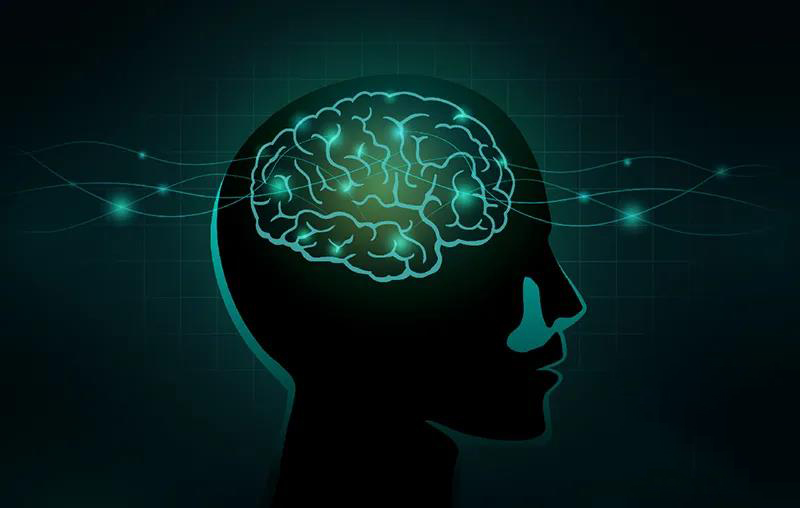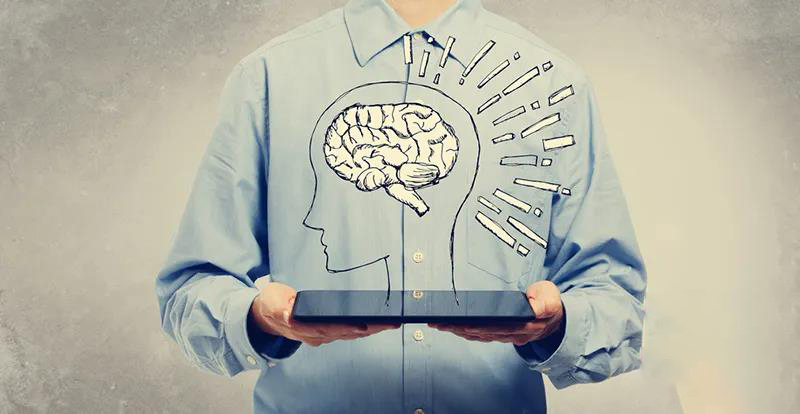
Life experience tells us that the combination of work and rest is very important. Appropriate relaxation can enable people to study and work in a better state.

A new study published recently also found that brain activity can “replay” just learned action sequences at a rate of 20 times during awake rest, which may be very important for memory consolidation. The study was published in cell reports on June 8.
“Our study is the first to show that humans perform neural replay of newly learned skills when awake. This is the first to show that neural replay activity during awake can predict the rapid consolidation of memory, which is essential for early learning.” Leonardo g. Cohen, senior author of the study. Cohen works at the National Institute of neurological diseases and stroke (NINDS), a subsidiary of the National Institutes of health.
What is the brain doing at rest?
When learning a new skill, if frequent breaks are inserted during practice time, memory consolidation and performance will be improved.
This phenomenon, called spacing effect, has been proved in a variety of tasks.

Memory consolidation during wakefulness occurs in seconds to minutes, about four times as much as post sleep memory consolidation, which is the focus of classical research.
However, until now, the scientific community has not known how the brain combines discrete action representations into unified skills with clear time sequence in the resting state (i.e. awake and relaxed state).
One possible mechanism is neural replay, that is, at rest, the neural activity pattern representing the behavioral sequence is reactivated and compressed in time, as if neural activity had been added “fast forward”.
Ethan R. Buch of NINDS, the first author of the study, said: “resting neural replay may promote skill consolidation in the awake state by repeating previous exercises offline, which has not been studied in human or animal models before.”
The truth of the combination of work and rest
To test this idea, the researchers used a brain imaging technique called magnetoencephalography (MEG).
30 subjects repeatedly input “41324” on the keyboard as quickly and accurately as possible. Each experiment lasted 10 seconds, repeated 36 times, and rested for 10 seconds between the two experiments. MEG data showed that their brains had a neural replay of the key sequence in the resting state.
The nerve replay lasted only 50 milliseconds, and the speed reached 20 times of the actual action.
Compared with the rest time before or after training, the frequency of nerve replay is about three times higher in the rest time between two exercises.
In addition, compared with the first 11 experiments, the frequency of nerve replay was higher in the rest time between the last 11 experiments, and the subjects learned faster at this time. In addition, more frequent replays of events during breaks during practice are associated with greater skill consolidation.
The brain network involved in neural replay includes hippocampus, sensorimotor area and entorhinal area.
“The deep involvement of the hippocampus and temporal lobes in programmed motor memory is surprising because this type of memory activity is usually considered not to require the involvement of the hippocampus,” Buch said, “Overall, our data suggest that frequent and rapid neural replay in the resting state strengthens the association between the hippocampus and neocortex activated in previous exercises, which is related to improving subsequent performance and consolidating skills when awake.”
Looking ahead, researchers plan to use non-invasive brain stimulation to test whether conscious replay plays a causal role in early skill learning and to determine whether rapid consolidation can also enhance other types of memory. “

Finally, understanding the awake replay characteristics that are important for skill learning can help to optimize the treatment plan or determine better brain stimulation strategies to improve the effect of rehabilitation treatment after brain injury such as stroke, “Cohen said.
Comments